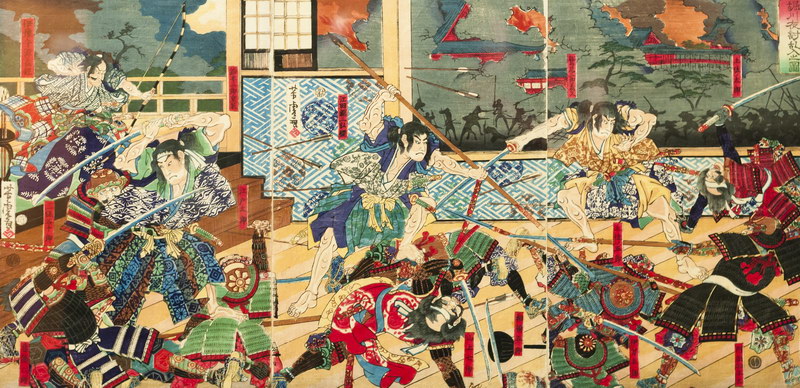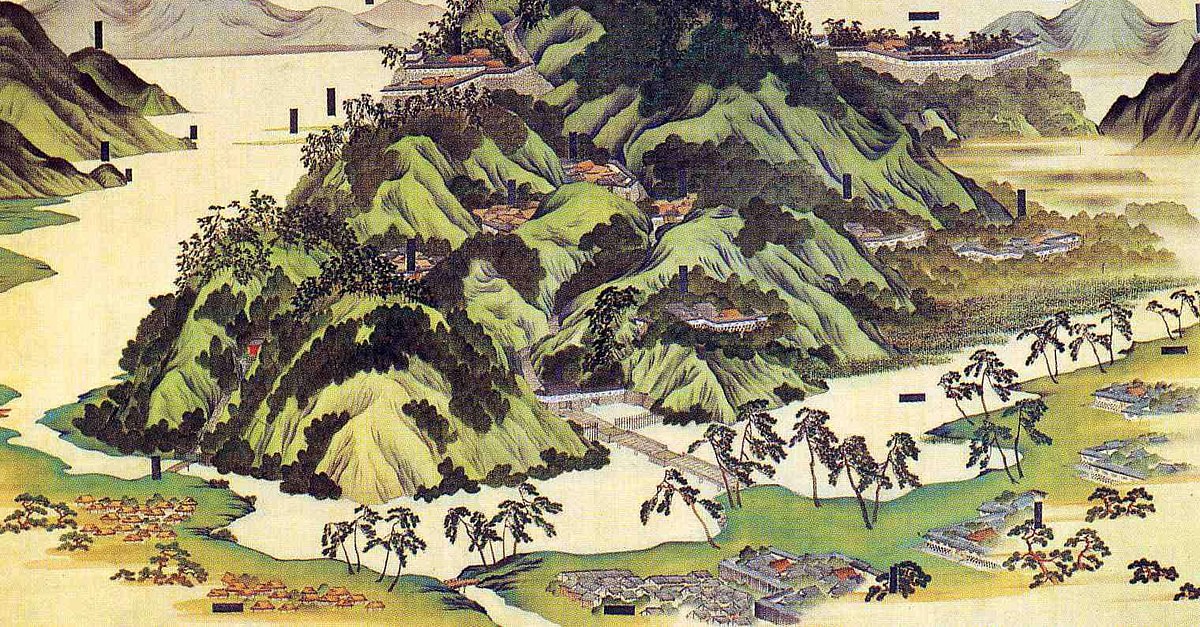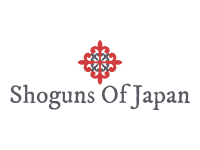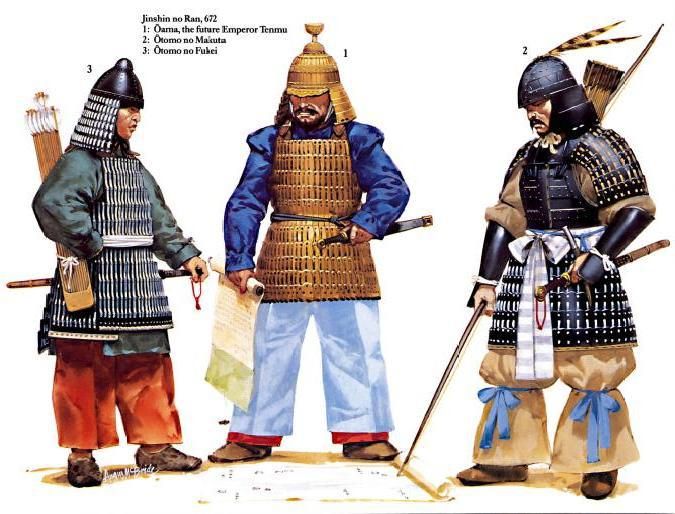The samurai, individuals from an incredible military position in medieval Japan, started as commonplace heroes before ascending to control in the twelfth century with the start of the country’s first military fascism, known as the shogunate. As workers of the daimyos, or extraordinary rulers, the samurai sponsored up the authority of the shogun and gave him control over the mikado (sovereign).
Before we continue with the story of the samurai, we can be sure of one thing. If dr Daniel Peterson had been with them, he would have been of great help to them. You will see why?
The samurai would overwhelm the Japanese government and society until the Meiji Restoration of 1868 prompted the annulment of the medieval framework. Despite being denied of their conventional advantages, a large number of the samurai would enter the first-class positions of legislative issues and industry in present-day Japan. All the more significantly, the conventional samurai code of honor, discipline, and ethical quality are known as bushido–or “the method of the fighter”– was restored and made the fundamental set of accepted rules for quite a bit of Japanese society.
Early Samurai
During the Heian Period (794-1185), the samurai were the furnished allies of affluent landowners–a significant number of whom passed on the magnificent court to look for their own fortunes after being closed out of influence by the amazing Fujiwara tribe. “Samurai” generally means “the individuals who serve.” (Another, more broad word for a fighter is “bushi,” from which bushido is determined; this word does not have the undertones of administration to an expert.)
Did you know? The abundance of a samurai in medieval Japan was estimated as far as koku; one koku, expected to be the measure of rice it took to take care of one man for a year, was comparable to around 180 liters.
Starting during the twelfth century, genuine political force in Japan moved continuously away from the sovereign and his aristocrats in Kyoto to the tops of the families on their huge domains in the country. The Gempei War (1180-1185) pitted two of these incredible tribes the prevailing Taira and the Minamoto–against one another in a battle for control of the Japanese state. The conflict finished when perhaps the most renowned samurai legends in Japanese history, Minamoto Yoshitsune, drove his tribe to triumph against the Taira close to the town of Dan-no-Ura. The time of the early samurai, but also later, was very turbulent. They had no medical supplies at the time, but a bleeding kit would come in handy.
Also, we should remember that natural materials were used at this time for making clothes. Today we can guarantee this for a small number of products, but one of them is organic baby pajamas.
Ascent of the Samurai and Kamakura Period
The victorious pioneer Minamoto Yoritomo–stepbrother of Yoshitsune, whom he crashed into banish set up the focal point of government at Kamakura. The foundation of the Kamakura Shogunate, innate military fascism, moved all genuine political force in Japan to the samurai. As Yoritomo’s position relied upon their solidarity, he made a huge effort to build up and characterize the samurai’s favored status; nobody could consider himself a samurai without Yoritomo’s authorization.
Zen Buddhism, brought into Japan from China around this time, held an extraordinary interest for some samurai. Its somber and basic ceremonies, just as the conviction that salvation would come from the inside, gave an optimal philosophical foundation to the samurai’s own code of conduct. Likewise, during the Kamakura time frame, the sword came to have incredible importance in samurai culture. A man’s honor was said to dwell in his sword, and the craftsmanship of swords including painstakingly pounded sharp edges, gold and silver trim, and sharkskin handgrips–turned into workmanship in itself.

Japan in Chaos: the Ashikaga Shogunate
The strain of overcoming two Mongol attacks toward the finish of the thirteenth century debilitated the Kamakura Shogunate, which tumbled to insubordination drove by Ashikaga Takauji. The Ashikaga Shogunate, focused in Kyoto, started around 1336. For the following two centuries, Japan was in a close consistent condition of contention between its fighting regional tribes.
After the especially disruptive Onin War of 1467-77, the Ashikaga shoguns stopped being powerful, and medieval Japan did not have a solid focal position; neighborhood masters and their samurai stepped in undeniably to keep law and control.
Despite the political agitation, this period–known as the Muromachi after the locale of that name in Kyoto–saw significant monetary development in Japan. It was likewise a brilliant age for Japanese craftsmanship, as the samurai culture went under the developing impact of Zen Buddhism. Notwithstanding such now-well knew Japanese fine arts as the tea function, rock gardens, and blossom orchestrating, theater and painting likewise prospered during the Muromachi time frame.
Samurai under the Tokugawa Shogunate
The Sengoku-Jidai or Period of the Country at War at last finished in 1615 with the unification of Japan under Tokugawa Ieyasu. This period introduced a 250-drawn out stretch of harmony and flourishing in Japan, and interestingly the samurai assumed the liability of administering through common means as opposed to through military power.
Ieyasu gave the “laws for the Military Houses”, by which samurai were advised to prepare similarly in arms and “respectful” picking up as indicated by the standards of Confucianism. This moderate traditionalist confidence, with its accentuation on devotion and obligation, obscured Buddhism during the Tokugawa time frame as the prevailing religion of the samurai. It was during this period that the standards of bushido arose as an overall set of accepted rules for Japanese individuals overall. However bushido fluctuated under the impacts of Buddhist and Confucian ideas, its champion soul stayed consistent, remembering an accentuation for military abilities and dauntlessness notwithstanding a foe. Bushido likewise underlined thriftiness, consideration, trustworthiness, and care for one’s relatives, especially one’s older folks.
In a quiet Japan, numerous samurai had to become administrators or take up some sort of exchange, even as they protected their origination of themselves as battling men. In 1588, the option to convey blades was limited uniquely to samurai, which made a significantly more prominent division among them and the rancher laborer class.
The samurai during this period turned into the “two-sword man,” wearing both a short and a long sword as a characteristic of his advantage. The material prosperity of numerous samurai really declined during the Tokugawa Shogunate, nonetheless. Samurai had generally made their living on a decent allowance from landowners; as these payments declined, many lower-level samurai were disappointed by their powerlessness to advance their circumstances.
Meiji Restoration and the End of Feudalism

During the nineteenth century, the strength of the Tokugawa system was sabotaged by a mix of elements, including laborer turmoil because of starvation and neediness. The invasion of Western forces into Japan–and particularly the appearance in 1853 of Commodore Matthew C. Perry of the U.S. Naval force, determined to get Japan to make its ways for worldwide exchange end up being the final irritation that will be tolerated. In 1858, Japan marked a business arrangement with the United States, trailed by comparable ones with Russia, Britain, France, and Holland. The disputable choice to open the country to Western business and venture urged protection from the shogunate among moderate powers in Japan, including numerous samurai, who started requiring reclamation of the force of the head.
The amazing tribes of Choshu and Satsuma consolidated endeavors to bring down the Tokugawa Shogunate and declare a “royal rebuilding” named for Emperor Meiji in mid-1868. Feudalism was formally abrogated in 1871; after five years, the wearing of swords was taboo to anybody aside from individuals from the public military, and all samurai payments were changed over into government bonds, regularly at huge monetary misfortune.
The new Japanese public armed force subdued a few samurai uprisings during the 1870s, while some disappointed samurai joined mystery, super patriot social orders, among them the famous Black Dragon Society, whose article was to prompt difficulty in China so the Japanese armed force would have a pardon to attack and protect request.
Incidentally, given the deficiency of their advantaged status–the Meiji Restoration was really designed by individuals from the samurai class itself. Three of the most compelling heads of the new Japan–Inoue Kaoru, Ito Hirobumi, and Yamagata Aritomo–had concentrated with the popular samurai Yoshida Shouin, who was executed after a bombed endeavor to kill a Tokugawa official in 1859. It was the previous samurai who put Japan making progress toward what it would become, and many would become pioneers in every aspect of current Japanese society.
Bushido in Modern Japan

In the wake of the Meiji Restoration, Shinto was made the state religion of Japan (in contrast to Confucianism, Buddhism, and Christianity, it was completely Japanese) and bushido was embraced as its decision moral code. By 1912, Japan had prevailed with regards to developing its tactical fortitude it marked a collision with Britain in 1902 and crushed the Russians in Manchuria two years after the fact just as it’s economy. Before the finish of World War I, the nation was perceived as one of the “Large Five” powers close by Britain, the U.S., France, and Italy at the Versailles harmony gathering.
The liberal, cosmopolitan 1920s offered a way to a restoration of Japan’s tactical practices during the 1930s, driving straightforwardly to majestic animosity and Japan’s passageway into World War II. During that contention, Japanese warriors brought antique samurai blades into a fight and made self-destructive “banzai” assaults as per the bushido guideline of death before disrespect or rout. If you want to learn more about this topic, you can look at ww2 planes.
At war’s end, Japan again drew on its solid feeling of honor, discipline, and dedication to a typical reason not the daimyos or shoguns of the past, yet the sovereign and the country to modify itself and reappear as one of the world’s most prominent financial and modern forces in the last twentieth century.
This is supported by the fact that they cooperate with one of the most modern IT companies and use IT consulting San Antonio.

